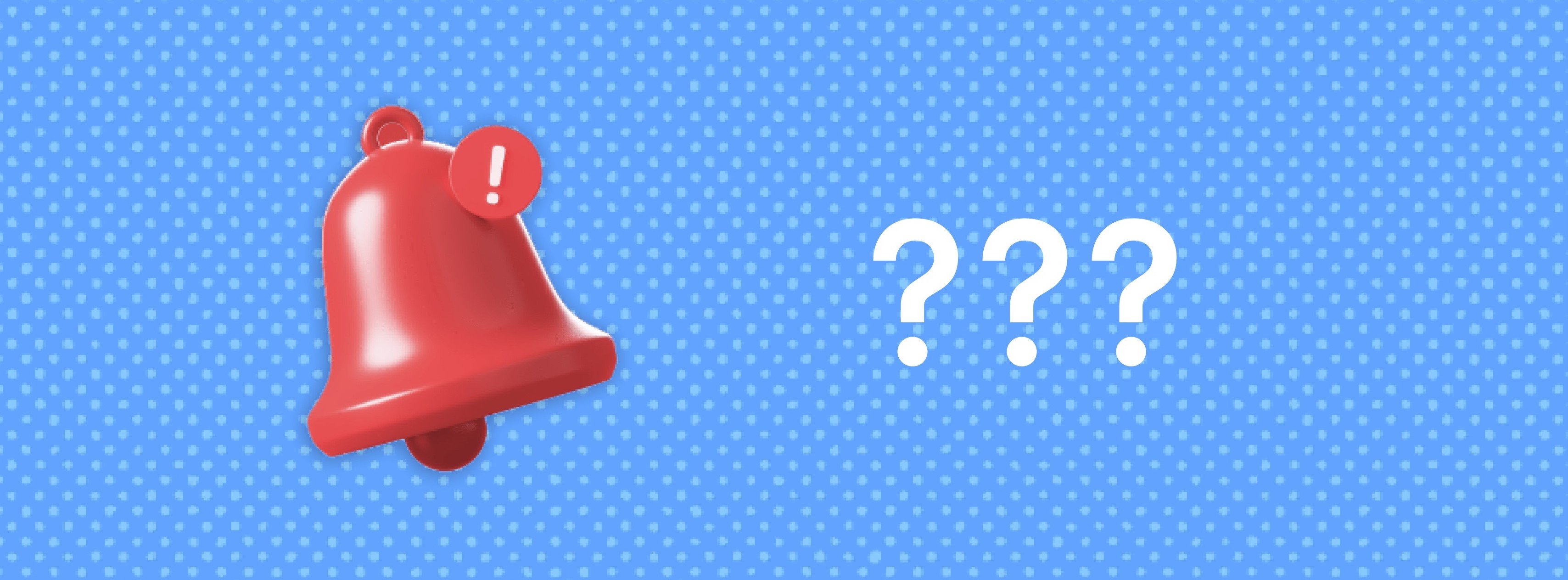With a total market value exceeding US$465B, digital advertising represents an undeniably formidable economic force. Even with social media spend accounting for nearly 27% of that pie, the opportunity for publishers is enormous. In fact, after being slowed to a modest 3.2% growth rate in 2020, digital advertising is expected to grow by 10.1% in 2021.
At the same time, with tightening margins and ever more operational complexity, most publishers still face plenty of challenges — both operational and strategic.
oolo recently released its 2021 State of AdOps report, based on a survey of leading US media brands as well as original and third-party research. The report is intended to help publishers evaluate their ad and revenue operations in view of industry standards, best practices, emerging trends, and their own strategic visions.
Not Enough Time, Not Enough Talent
In 2021, digital ad spend is expected to exceed traditional ad spend for the first time. At the same time, per a recent study from the Interactive Advertising Bureau (IAB), 86% of all US digital ad spend is coming from programmatic transactions.
Inherently faster, higher volume, and more intermediated than traditional sales, the dominance of programmatic ad transactions makes it even more difficult for publishers to track, manage, and maximize monetization.
.png?width=2000&name=state-of-adops-too-little-time-too-much-data%20(5).png)
According to the 2021 State of AdOps report, the average team member spends just over 3 hours per day reviewing data. In other words, more than a third of the day is lost to tedious tasks — taking workers away from more and proactive activities like optimization.
Considering that type of daily time investment, it would be fair to question the sustainability of the industry’s standard revenue monitoring and management practices. A question that is only strengthened by the fact that a full 11.5% of respondents admit to spending a mind-boggling 6-10 hours daily combing through their data.
The time and skill required for proper data review only adds to the demand for human expertise in the trenches. It’s a demand that’s already outstripping the supply — and it’s only liable to get worse. The same IAB study mentioned above found that 75% of publishers struggle securing qualified programmatic talent — with 54% identifying it as their single biggest challenge.
These industry trends set the stage for the report's most glaring revelation: that publishers need better technology to empower their people and improve their processes.
In fact, over 65% of survey respondents identified time lost to manual/inefficient processes as their most acute ad monitoring pain.
Insight and Intrigue
In many instances, oolo’s 2021 State of AdOps report can be taken to validate sentiments frequently expressed within the industry. In other cases though, the report offers more surprising and open ended insights.
oolo found that publishers using rule-based alerting systems actually spend 41.67% more time reviewing data than those monitoring their revenue and ad operations through purely manual means. The question is whether that finding tells the full picture. Most likely it doesn’t.
It could be that this reflects the failure of such systems — chewing up valuable time through false alarms and validation efforts. Or it could be a simple matter of reverse causation, with those more data-intensive operations being most likely to invest in non-manual processes. Most likely, it’s a combination of the two.

Another interesting example can be found in the fact that, per the report, programmatic professionals actually spend considerably less time than their direct counterparts reviewing and analyzing data. Here too, the exact implications are unclear.1
This could be because programmatic teams have done more to master their complexity. It could be that they’re just better tooled. Maybe it’s that — for their purposes — speed is often the greater value and data-driven precision takes a back seat. Perhaps it’s because programmatic teams enjoy out-of-house assistance where their direct counterparts do not.
Or maybe, because of the inherent complexity, programmatic operations are more difficult to micromanage, and as such low-impact administrative or otherwise banal data tasks are allowed to fall by the wayside. Maybe it’s a mix of all of the above. Or maybe it’s something else entirely.
If nothing else, unexpected findings like these offer publishers a good reason to hold a mirror up to their organizations and ask important questions.
___________
- It must be noted that the 2021 State of AdOps report does not look at programmatic and direct teams within the same organizations, but across different organizations — so this insight may be partially skewed by a case of comparing apples and oranges.








